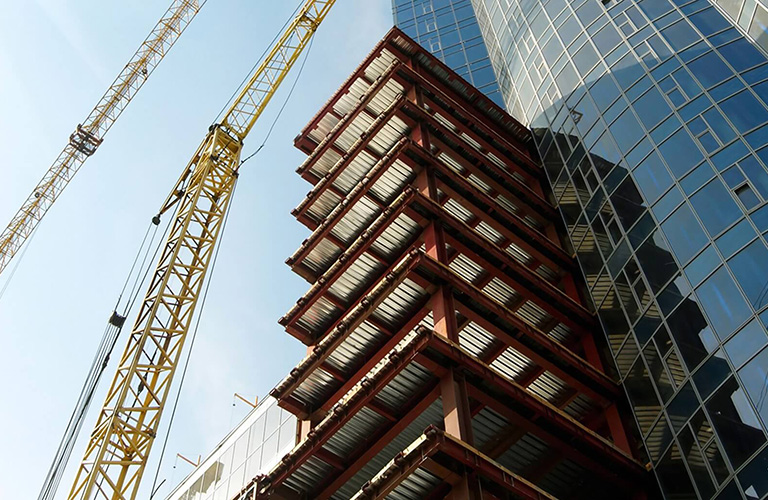If you are looking for a steel construction company in cyprus, you are at the right place.
![]()
What is Steel Construction Building?
It is a steel structure system with wide openings and height, where all carrier systems are produced from steel, especially preferred in geographical regions with earthquake threat, mostly used in steel construction factory buildings, steel construction hangars, steel construction sports facilities, steel construction warehouses and steel construction workshops. Most of the buildings in Turkey are concentrated in the 1st and 2nd degree earthquake zones. Compared to this, the preference for steel construction building systems was quite low in the past. Steel structures have superior mechanical properties, static abilities and ease of application compared to other carrier systems. Steel construction; It is a steel structure system that is rapidly becoming widespread because it is fast, safe, economical and has certain standards.
Advantages of Steel
Due to its light weight, it is exposed to less earthquake loads, it is robust, it saves labor and time in manufacturing and assembly, different construction systems can be applied, it is fast, it can be disassembled and reassembled many times, it is long-lasting, the steel is 100% recyclable and no matter how many times this process is done, its features does not lose, does not harm the environment.
Steel has many advantages over alternative materials (reinforced concrete, etc.). First of all, it is lighter than the others, allowing us to expand the limits of our architectural freedom and to be completed in a shorter time. The manufacture and assembly of steel structural elements is not dependent on weather conditions, but only in direct proportion to the labor force to be used. In other words, it has the opportunity of uninterrupted working and assembly in every environment where human power is used.
1 – ARCHITECTURAL FREEDOM:
Steel never limits architectural design, but rather encourages new designs. Thanks to its advantages such as the ability to pass high openings, its aesthetics and ease of processing, it allows the application of all kinds of designs. Many of the examples of post-modern architecture were built with steel.
2 – STABILITY:
Steel is much stronger -compared to traditional building systems- under both normal and temporary (Wind, Earthquake, etc.) loads. The high strength it brings to the buildings it is used makes it an indispensable construction solution, especially in cases where old construction methods are insufficient.
3 – SECTION SUFFICIENCY:
Steel is the material that can carry the highest load per unit area among building materials. That is, the carrier elements are much smaller. Therefore, in steel-bearing structures, the usage areas are much more spacious compared to other structures.
4 – HOMOGENCY:
Since steel is a building material produced entirely from the same material (without any reinforcing material), it can work in all environmental conditions if necessary protection measures are taken.
5 – LIGHTWEIGHT:
Steel is very light, as it allows the carrier element cross-sections to be minimized. A structure with a steel carrier system is 1/20 lighter than an equivalent reinforced concrete structure. This not only provides a great advantage to the building in terms of earthquake loads, but also causes the structure to try to carry the loads on it rather than itself.
6 – HIGH-STOREY BUILDING CONSTRUCTION:
Since steel is a material with high flexibility, it does not limit the height of the structure. Already, the vast majority of high-rise buildings are steel.
7 – EARTHQUAKE RESISTANCE:
Due to its lightness, steel receives much less earthquake load than its equivalent reinforced concrete structures. This provides a great relief for the vertical carriers (columns, curtains, etc.), which are the most important elements of the building. Thus, the loads that the building must resist and the material that needs to be used against those loads are reduced.
